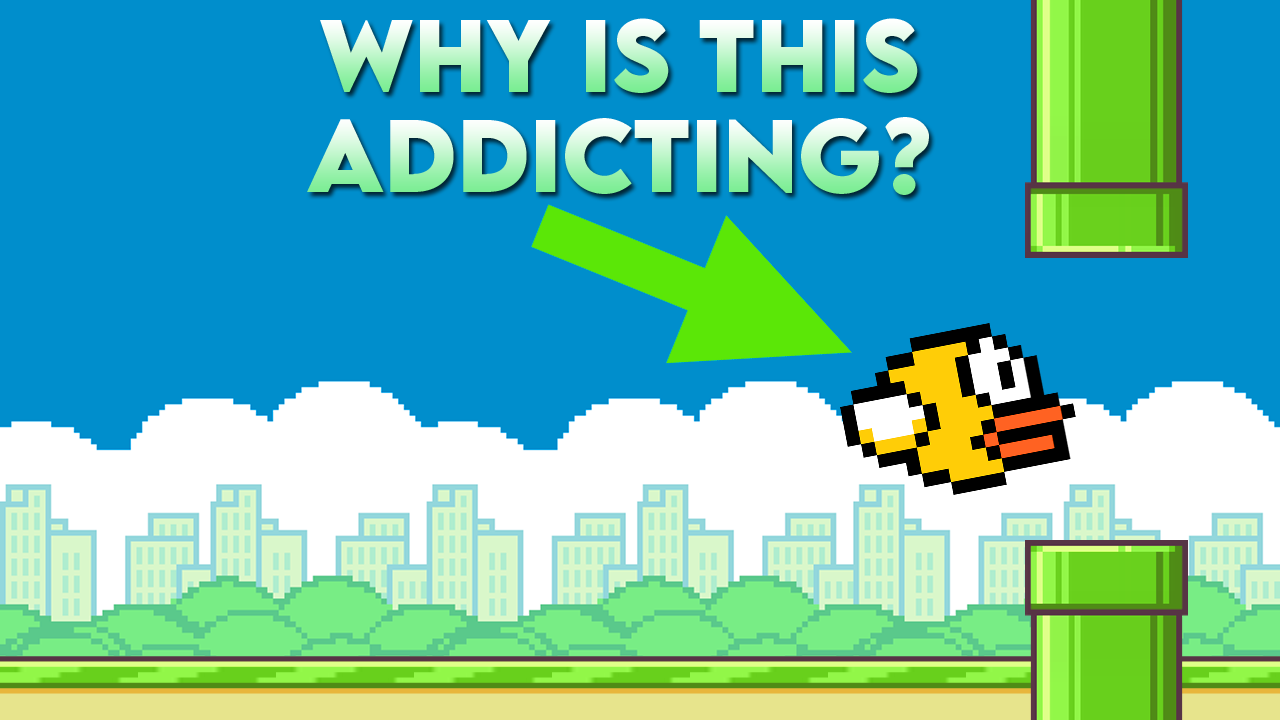The simple, yet maddeningly difficult mobile game Flappy Bird became a global sensation in 2013. At the peak of its popularity, it was reportedly earning its creator Dong Nguyen $50,000 per day in ad revenue. But what is it about this deceptively basic game that made it so addictive for millions of people? Here are some of the key factors:
The “Just One More Try” Factor
Flappy Bird is designed to be challenging, but not impossibly hard. The goal is simple – guide a flapping bird through gaps in an endless series of green pipes without hitting them. But doing so requires pixel-perfect timing and rhythm. Most players will crash into the first few pipes. The challenge comes in trying to improve your technique and get just a little further each time. This creates a strong urge to have “just one more try” to beat your high score. The unpredictability of when you’ll crash keeps the game feeling fresh.
The Short Session Length
A Flappy Bird gaming session lasts just 1-2 minutes on average before your bird crashes. This makes it easy to fit into small breaks in your day. Compare this to longer gaming sessions that require heavy time investment. The bite-sized nature of Flappy Bird makes it perfect for killing time while waiting in line or during short breaks. Once done, its quick failure pace has you coming back for more.
The “Flow” State
Flappy Bird induces a state psychologists call flow – total immersion in an activity. The game requires intense focus and precision. This blocks out all outside distractions. You enter a zone of intense concentration trying to keep the bird aloft. Since flow states are highly enjoyable, this makes the game addictive. The more you play, the more you crave that focused feeling.
The Progress Feedback Loop
Flappy Bird lets you see your progress rise in real-time through a score counter. Each successful pipe passed earns a point. This creates a repeating loop of goal-driven feedback. Your brain releases dopamine each time your score ticks up. Seeing concrete progress triggers your brain’s reward system. Even small gains like improving from 10 to 11 pipes keeps you hooked.
The Visual & Audio Feedback
Simple but pleasing retro pixel art and sounds make Flappy Bird feel rewarding to play. The cute flapping bird protagonist and Mario-esque green pipe world is visually engaging. Pleasant chirping sounds on successful flaps and crashing noises give instant audio feedback. This engages your senses, keeping you immersed. The nostalgic retro aesthetic also appeals to gamers’ nostalgia.
The Difficulty Spikes & Plateaus
Flappy Bird is designed with surges of increasing difficulty followed by plateaus. In the beginning, pipe gaps are wide with few obstacles. This gets you into a rhythm. But then pipe gaps shrink and speed increases. You’ll crash more often trying to adapt. Eventually you’ll reach a skill plateau. When you finally improve again, it feels extremely rewarding. These spikes keep engagement high.
The Sense of Mastery
Learning and mastering a skill releases dopamine in the brain. Flappy Bird is simple to grasp but tough to master. This gives a strong sense of accomplishment once you improve. Seeing your high score and pipes passed count rise feels gratifying. Each small gain in skill feels like an achievement. Gamers will keep chasing the elusive feeling of finally “beating” the game.
In summary, Flappy Bird leverages your brain’s feedback loops to get you into a laser-focused flow state. By providing carefully doled out progress feedback, difficulty spikes, visuals and audio cues, it keeps you coming back. The “just one more try” effect becomes addictive. While maddening, it feels rewarding to progressively master this deceptively simple game.

